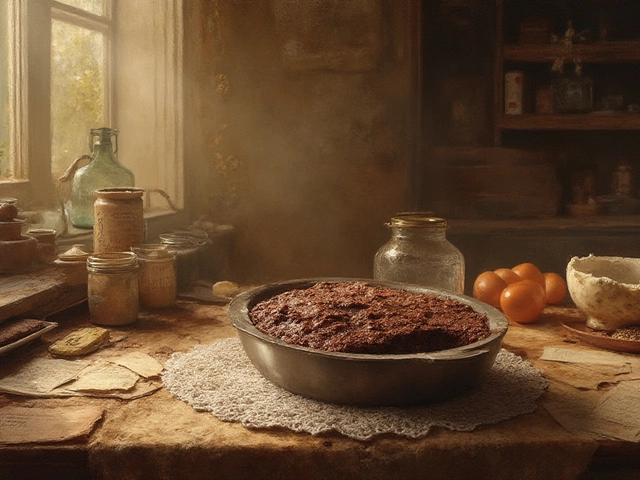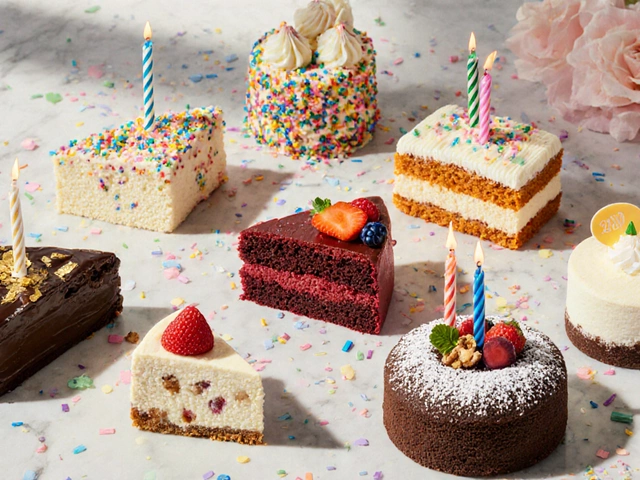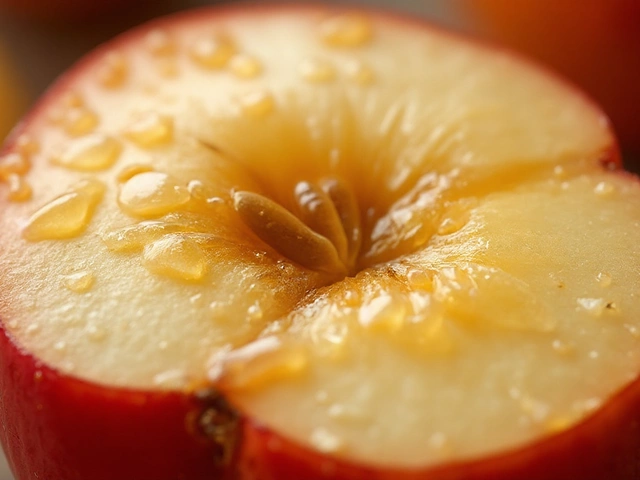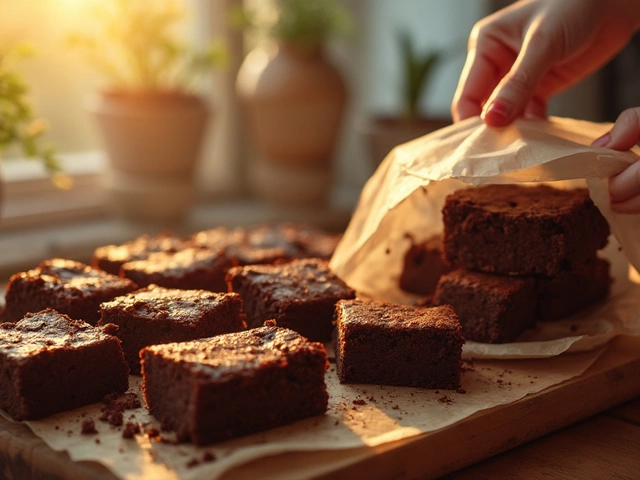Traditions: The Sweet Stories Behind Our Favorite Desserts
Ever wonder why you reach for a slice of cake on birthdays or why tiramisu feels like a celebration in a cup? The answer lies in the traditions that have shaped each bite. Below we’ll walk through the histories, the cultural quirks, and the practical shortcuts that make these treats feel timeless.
Beyond the Recipe: Where Classic Desserts Come From
Take tiramisu, for example. Its name means “pick me up” in Italian, a nod to the espresso‑laden layers that give you a gentle jolt. The dessert first appeared in the Veneto region after World War II, blending ladyfingers, mascarpone, and a splash of liqueur. Knowing the origin helps you respect the balance – too much coffee and you lose the light, creamy texture that makes tiramisu special.
Another staple is the wedding cake. The term “bridal cake” actually stems from medieval England, where a spiced fruit loaf was saved for the bride’s first night. Modern tiers are a nod to that tradition but now include flavors like vanilla, chocolate, and even vegan options. The key is matching the size to your guest list – a 12‑inch round typically serves 20‑30 people, so scale up accordingly.
Everyday Traditions You Can Use at Home
Fudge is a perfect example of a kitchen tradition that anyone can master. Hitting the soft‑ball stage (around 235‑240°F) gives you that melt‑in‑your‑mouth texture. If you’re at high altitude, add a few more degrees or a splash of extra sugar to keep the fudge from turning grainy.
Gluten‑free cakes often get a bad rap for being dense. The trick is using a blend of rice flour, tapioca starch, and a little xanthan gum. This combo mimics gluten’s structure and stops the cake from sinking. Pair it with a light frosting – a simple powdered‑sugar glaze works wonders.
Birthday celebrations don’t have to revolve around a traditional cake. Think dessert bars, layered truffles, or even a cheese‑laden cheesecake that skips the egg if you’re avoiding allergens. The idea is to keep the spirit of the party alive while adding a personal twist.
Even candy has its traditions. Jelly sweets, for instance, rely on gelatin – not vegan‑friendly. But many brands now offer pectin‑based alternatives that keep the chew without the animal product. Swapping in these options lets you stick to a plant‑based lifestyle while still enjoying the classic gummy texture.
Finally, never underestimate the power of a simple tradition: sharing a batch of cookies after school or a slice of cake after a long day. The science behind why cookies rise (leavening agents, steam, and butter melt) is less important than the smile on everyone’s face when they bite in.
So next time you bake, think about the story you’re continuing. Whether it’s a historic cake, a modern fudge, or a creative birthday alternative, you’re adding a new chapter to a sweet tradition that’s been passed down for generations.

Funeral Cake: Why That Name Sticks Around
Ever wondered where the name 'funeral cake' comes from? Learn how this old-fashioned treat became tied to mourning and community gatherings. Get a peek at the fascinating history plus helpful tips for baking your own. You'll discover why this cake has a special place in both kitchens and hearts. This article spills all the details, making you want to try funeral cake for yourself.
View More




